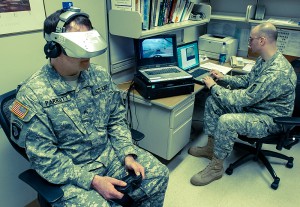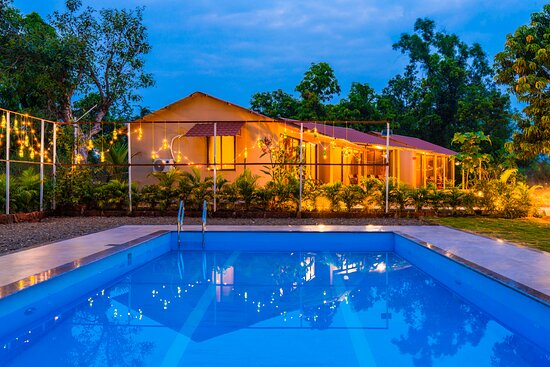BY: LISA CUMMING
Despite being the brainchild of a teenage boy with no background in engineering, the Oculus Rift has sent the tech world into a tailspin. Hailed as the “holy grail of virtual reality gaming”, the system’s reach doesn’t end there.
Michael Phan and Joshua Manricks are two of the leading developers, when handling all things Oculus, for the Toronto based company Secret Location. They sat down with me to talk about the device, and let me take it out for a spin.

Two inside camera screens power the sight. With the DK1 model operating at 720p and the DK2 operating at 1080p. Consider this: on the DK2 model, the cameras run at 75 frames per second. Take a moment to compare this to the 60 frames per second that game consoles run at, and the 24 frames per second that most videos run at.
The newest version of the device is called Crescent Bay, and it’s only available through the Oculus VR. Crescent Bay aims to eliminate the positional tracking issues that come with DK1 and DK2 by adding a second camera to cover tracking in the front and back. This is opposed to the one camera that only tracks motion when the participant is looking directly into it.
The current device isn’t quite ready for a consumer release, but it is already making a difference in fields besides gaming.

Acrophobia – the irrational fear of heights – is a phobia that is also being treated using VRET. The traditional approach to acrophobia, as suggested by Antonio Rafael Trigo Algar is an in vivo session where the patient is put in a situation where they have to face their fear head on. According to Algar, this experience is not pleasant for the patient. By using biofeedback-measuring parameters relating to the human body (heart rate, blood pressure, etc.), in combination with VRET, specialists are able to monitor and keep the environment controlled for patients.

By using VRET, therapists and medical researchers can not only help treat patients with disorders, addictions, and phobias, but further examine and understand mental illness. The virtual environment is something both patients and doctors can witness, allowing for the patients’ reactions to be analyzed more thoroughly. Working to resolve psychological disorders in a simulated scenario is much safer and more effective than providing treatment by trying to understand behavioral triggers from the outside in.



